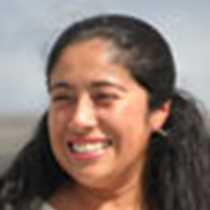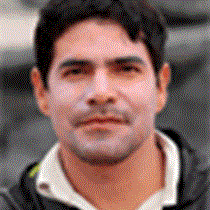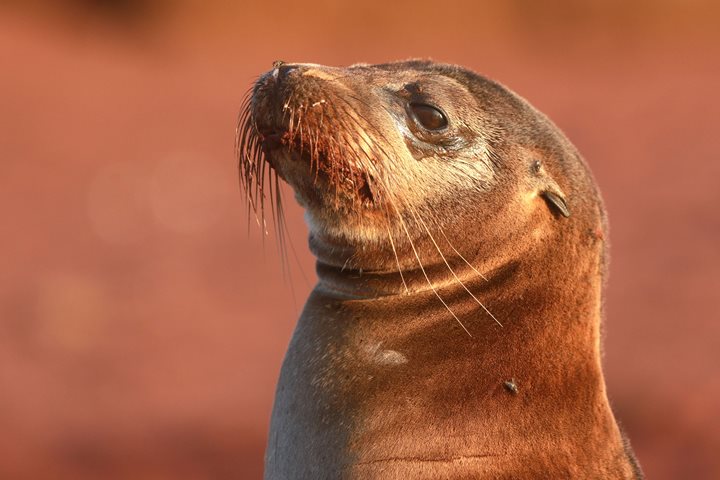Today we spent the whole day on Santiago Island. This was the island where Charles Darwin visited for nine days and we followed in his steps! There were early outings at Espumilla beach including kayaking, to natural history walks, and photography walks. It was a delight for our guests to observe the sea birds feeding as well as the symphony of songs performed by Darwin finches and Galapagos mockingbirds! After breakfast the National Geographic Islander was repositioned towards Buccaneers Cove, a site used by pirates and whalers, now a great place for a scenic Zodiac ride and amazing deep water snorkeling. The large school of different species of fish was overwhelming, and Mobulas, reef sharks, and sting rays were spotted too! In the afternoon we visited Puerto Egas, a great place to enjoy the black sandy beach and a nice walk along the coastal area. W returned on board close to sunset and it was another great day in this magical and remote paradise!
- Daily Expedition Reports
- 25 Jan 2018
Santiago Island, 1/25/2018, National Geographic Islander
- Aboard the National Geographic Islander
- Galápagos
Vanessa Gallo, Naturalist
Vanessa Gallo’s grandparents arrived in the Galápagos Islands in 1936, making her the third generation of her family to live and work in this magical archipelago. She left the islands for the capital city of Quito for high school, where she discovere...
Read MoreChristian Saa, Naturalist/Certified Photo Instructor
Christian was born on the island of Isabela in the Galápagos archipelago. He grew up on a farm and had a magical childhood devoid of cars, electricity, telephones—just pure nature and playful sea lions along the beach. At the age of seven, he moved w...
Read MoreShare Report
Related Reports
11/23/2022
Read
National Geographic Islander II
Isabela and Fernandina
Our day began with the chance to point out a lot of interesting geological features as we enjoyed Zodiac tours along a massive flank of Ecuador Volcano on Punta Vicente Roca. In the afternoon, we took a sunny walk on Punta Espinoza on Fernandina Island. We spotted many iguanas, and a bunch of sea lions hanging around, too.
11/22/2022
Read
National Geographic Islander II
North Seymour & Rabida Islands
Relatively small and low compared to neighboring Santa Cruz, North Seymour is located to the north of Baltra. The island is dry with predominantly low shrubs, like prickly pear cacti. The incense trees are bare during the dry season. Seabirds like frigatebirds and blue-footed boobies nest on the island, and sea lions rest on the sand when they are not fishing. Land and marine iguanas also live here. Rabida is in the middle of the archipelago and has a striking red sand beach. We observed a small colony of sea lions of all ages resting or nursing. Behind the beach, American flamingos nest in a brackish lagoon. This island is full of contrasts and wildlife that we enjoyed observing during this day of expedition.









